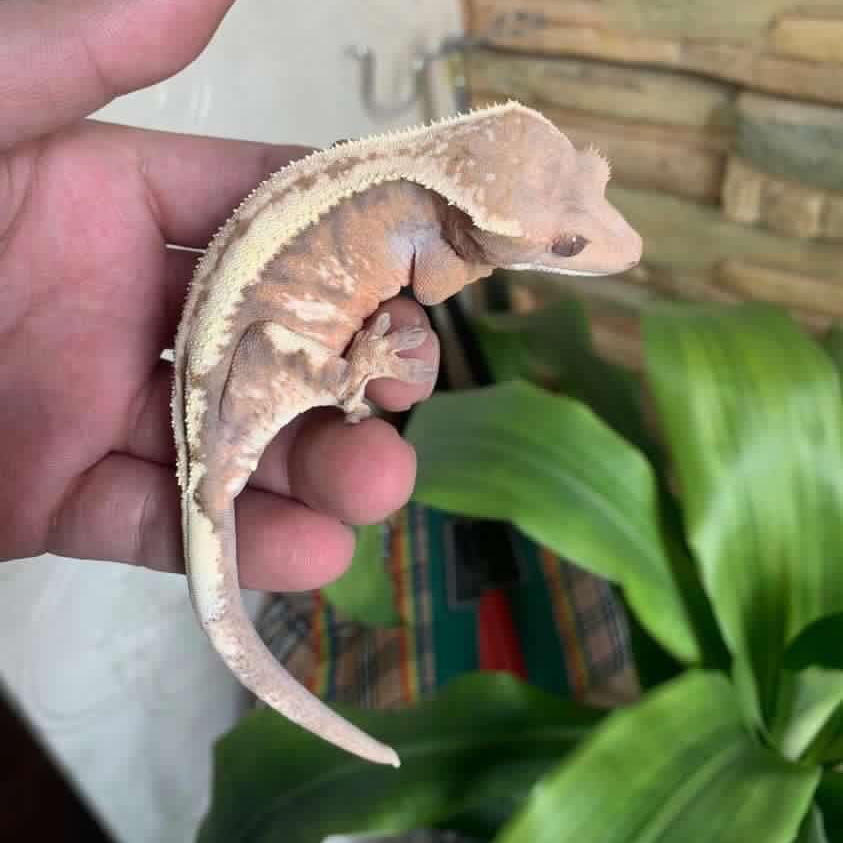HIGHWAY PROJECT
Written by Kevin Matz, last updated 8/10/24
In this article I would like to outline our findings from over the years since we discovered this gene back in late 2017. I will show examples and provide explanation, speaking from experience with this gene. This is an ongoing project and with any new findings I will update this article accordingly. Any updates will be posted via social media to keep everyone on the same page. Full disclaimer: While the data so far is pointing towards the Highway gene being a third gene in the Cappuccino/ Sable complex, we are fully open to the possibility that it could eventually prove otherwise. In the same way that Sable is being treated as a second gene until proven otherwise. The Highway super form has shown differences from the Super Cappuccino and Super Sable. It’s important to know we are open minded to the possibility of it proving otherwise, but again, the data has consistently pointed in the direction of being a third allelic gene. We are referring to this as the “Highway” gene.
The Beginning
Let’s go back to 2017 to a Repticon event in central Florida. This is where we found and purchased Highway. He was being sold by a vendor named “Gourmet Rodent”. He stood out because he had an interesting axanthic like appearance while not being advertised as one. We named him “Highway” because his appearance fired down is a grey-ish base color with big white blotches down his dorsal. It wouldn’t be until we started breeding him that we noticed a trend. At this time there was no knowledge of a gene that could explain what we were seeing. We noticed about 50% of his offspring had a “unique look” but we disregarded due to lack of knowledge about genetics at the time. We simply thought they looked cool and different. At this time we were wholesaling geckos locally so it’s very likely that some carrying the gene made their way throughout Florida. Fast forward to late 2020, an article from Korea surfaced regarding a new gene called “Cappuccino” that had been discovered and was shown to produce a “Super Form” when two carrying the gene were bred together. We received messages from the community regarding our Highway project and the similarities to this Cappuccino gene. At this time we had already grown out a few and made the decision to line breed one of our females back to Highway in an attempt to produce a super. This is when we unknowingly produced the worlds first “Super Highway”. We were the first in the US to have produced a super that had not been related to the Korean Cappuccino line. Through the excitement we disregarded the obvious differences from our Super and that of a true Super Cappuccino, we unintentionally made the false claim of “producing a Super Cappuccino”. It wasn’t until later when the first Super Sable emerged (has similarities to Super Cappuccino but with noticeable differences) that we looked back and started noticing differences in our own line. This is when we started considering the possibility of Highway being a third gene along-side the Cappuccino and Sable genes.
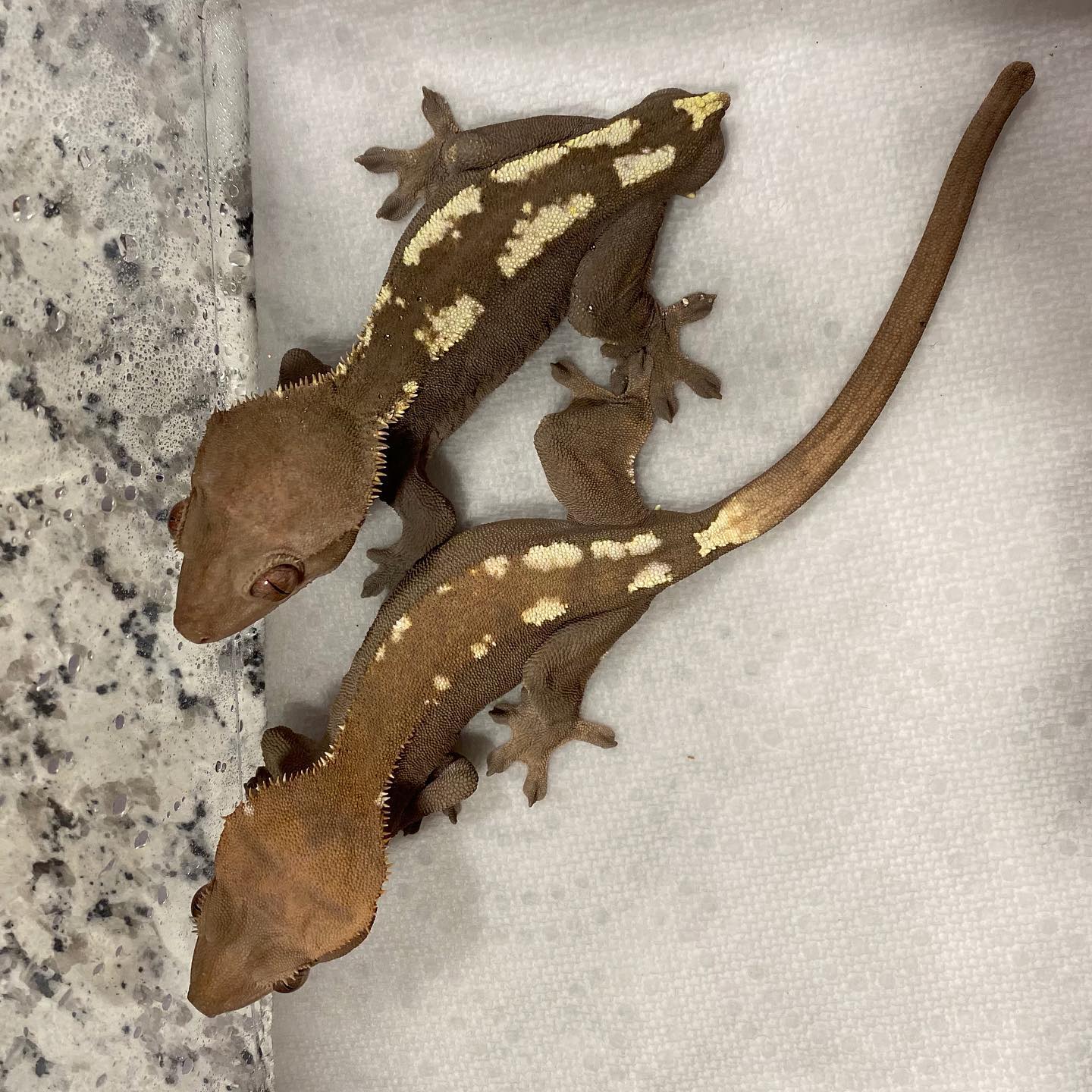
Parents of the first Super Highway
Highway (Heterozygous Phenotype)
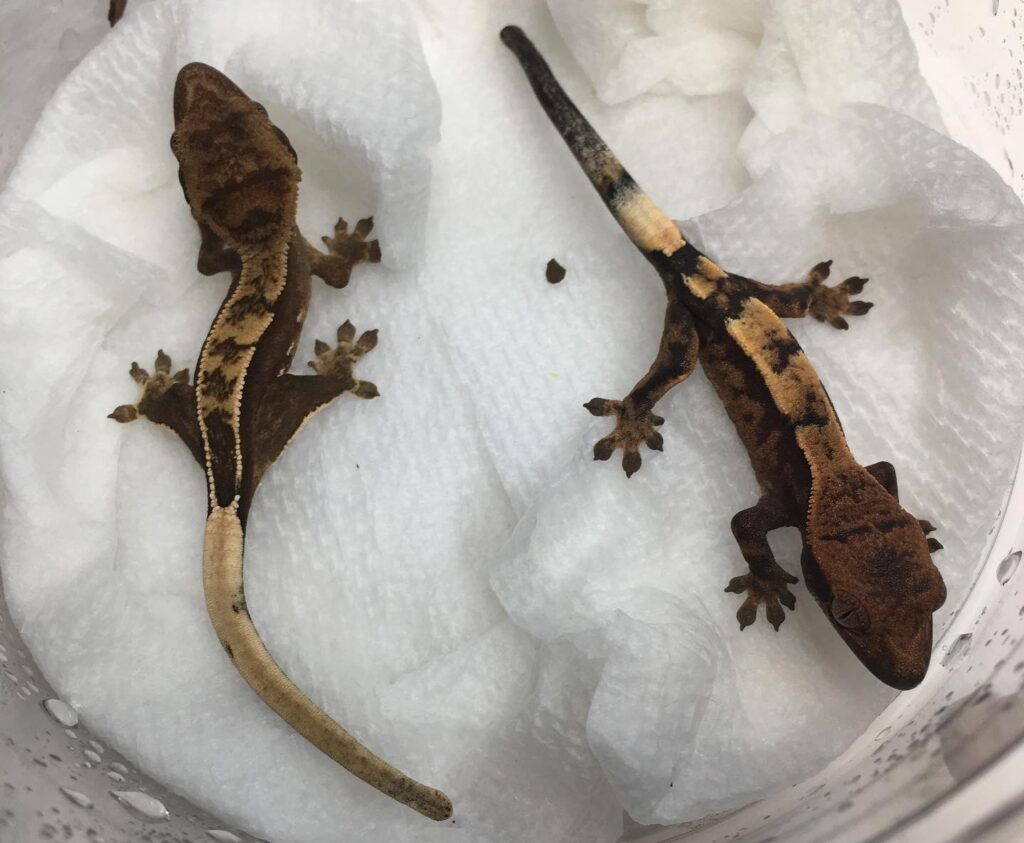
Clutch-mates, one with(right) and one without the Highway gene(left)
Traits
After several breeding seasons it is abundantly clear that this gene is incomplete dominant. There are some key features that can be spotted when the gene is inherited. The most notable is a bright white tail with blackened tip, a very creamy looking dorsal, muted lateral patterns and in most cases a different colored head. In some cases they can hatch with normal head color and will mute with age. Something to note, I would estimate out of 50-60 hatchlings only three have hatched with significant lateral pattern. With age the dorsal pattern will cause a dripping/ blotching effect that goes mostly inward and somewhat overlaps the dorsal line outward. Upon hatching in cases where (what will be) white pattern is strong, a yellow/ orange highlighter effect can be seen covering the white patterns. This will usually turn white with age. There is also an empty dorsal effect that happens although depending on the expression of the gene, the drips will fill in the emptying underlying patterns. Lower expression animals with less drip will resemble more of an “empty back” appearance by adulthood. We have found that even the lower expression Highways tend to have more extreme drips/ blotches than most Cappuccinos, they resemble Sable in this manner.
Dorsal Pattern
Something we immediately started working on since the beginning. In the early stages of our project we quickly noticed that higher expression Highways have an inward drip that is so extreme it meets in the center of the dorsal, creating the illusion of a solid dorsal regardless of the base patterns underneath being muted by the gene. It has since been our goal to capitalize on this discovery. Through the process of selective breeding we are looking to one day create a 100% solid dorsal animal. We have found to achieve this look it is best to hold back and breed the highest expression Highways and pair them to full pinstripe non empty back animals. What this does is stretches the drip effect all the way down the dorsal and then inward to where the drip meets in the middle. While the gene is doing the heavy lifting we have become known for this specific effect.
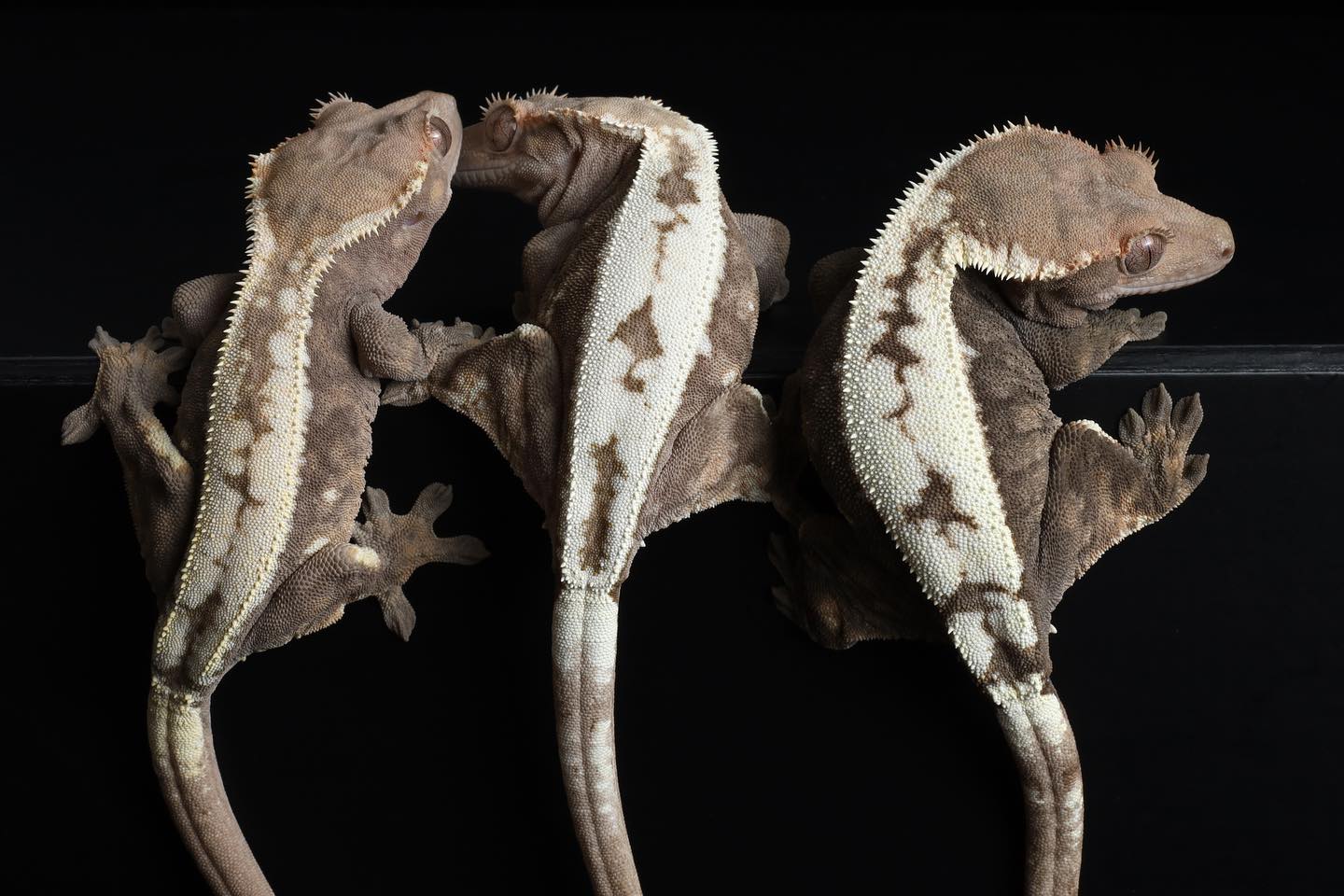
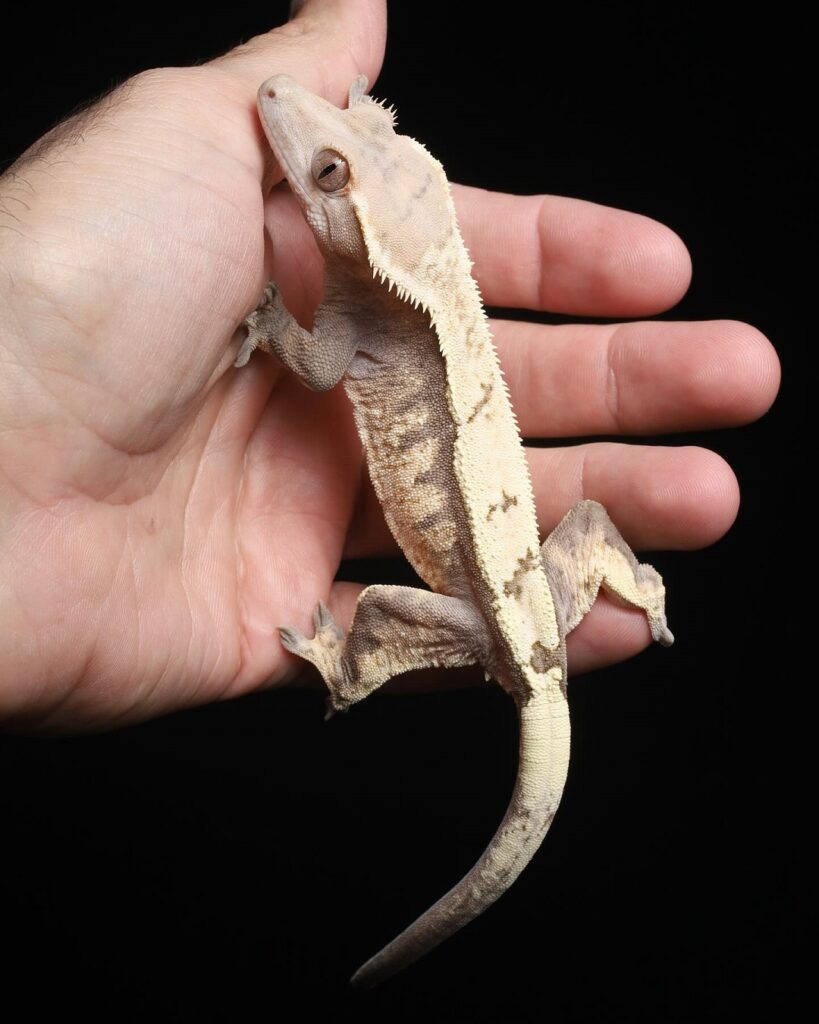
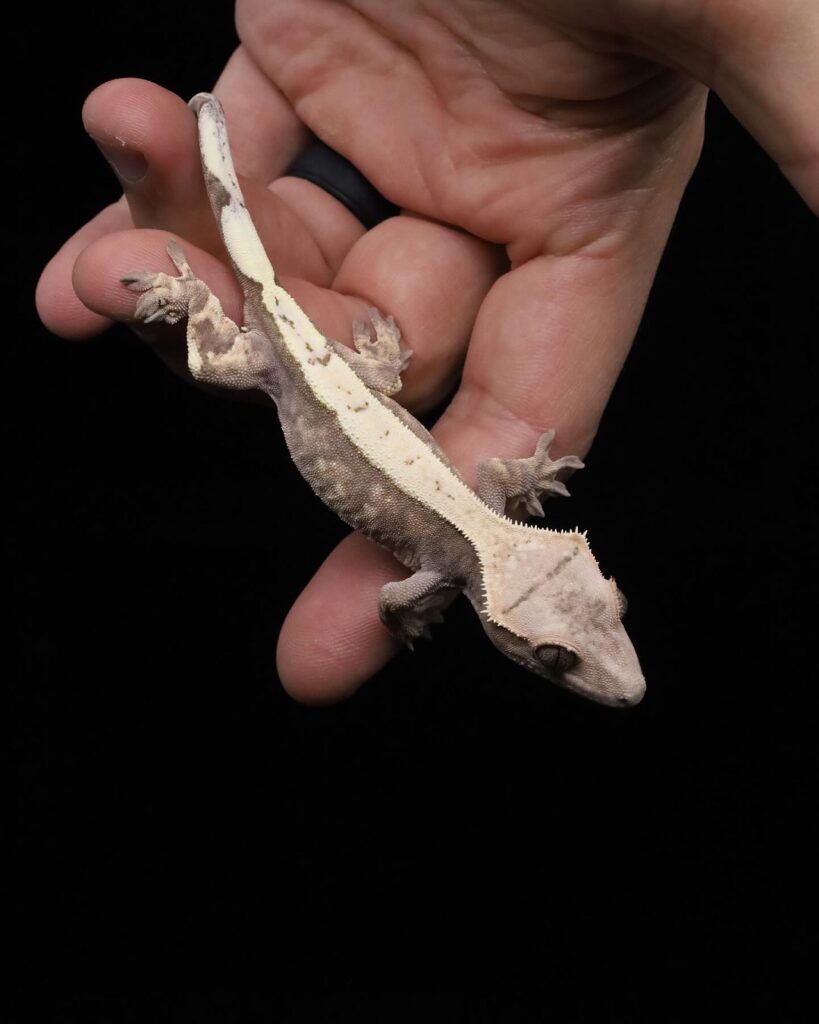
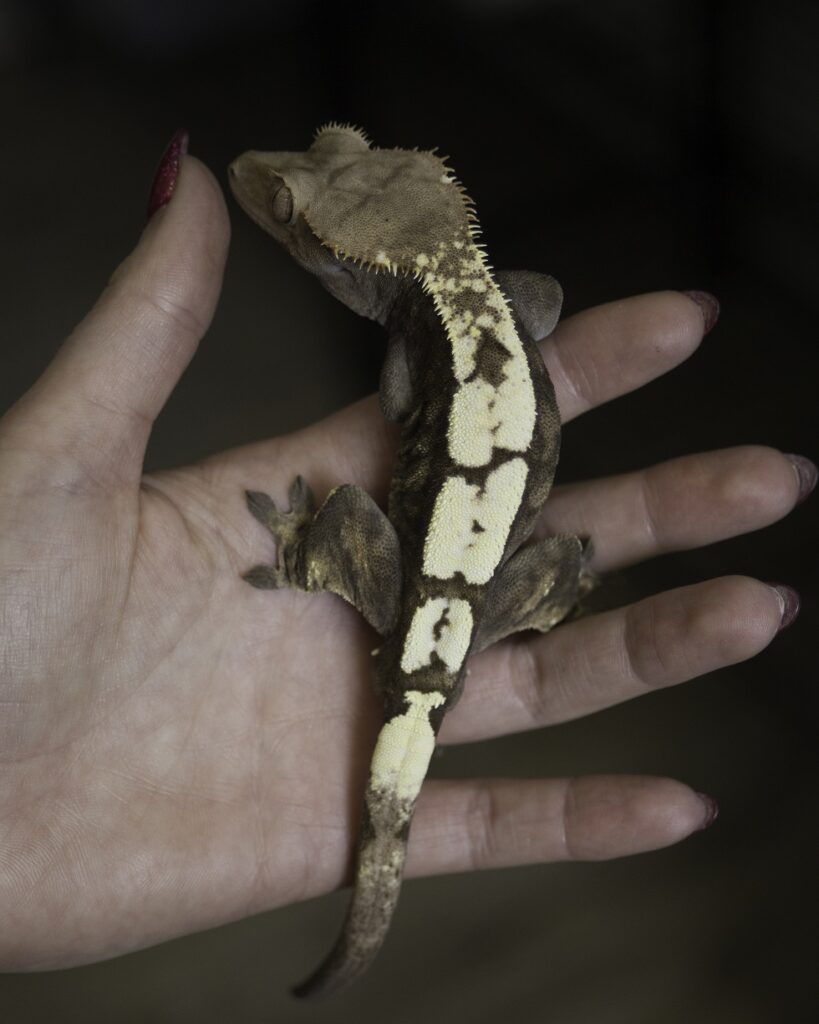
Most of the time when the gene is inherited the hatchling will have a solid looking dorsal. Sometimes this can be deceiving. Pictured below is three progression photos of the same gecko. You can see how the dorsal has an empty back effect with age. It’s only when there’s enough expression(drips) caused by the Highway gene that it retains the solid dorsal appearance. This is an example of a low expression Highway.
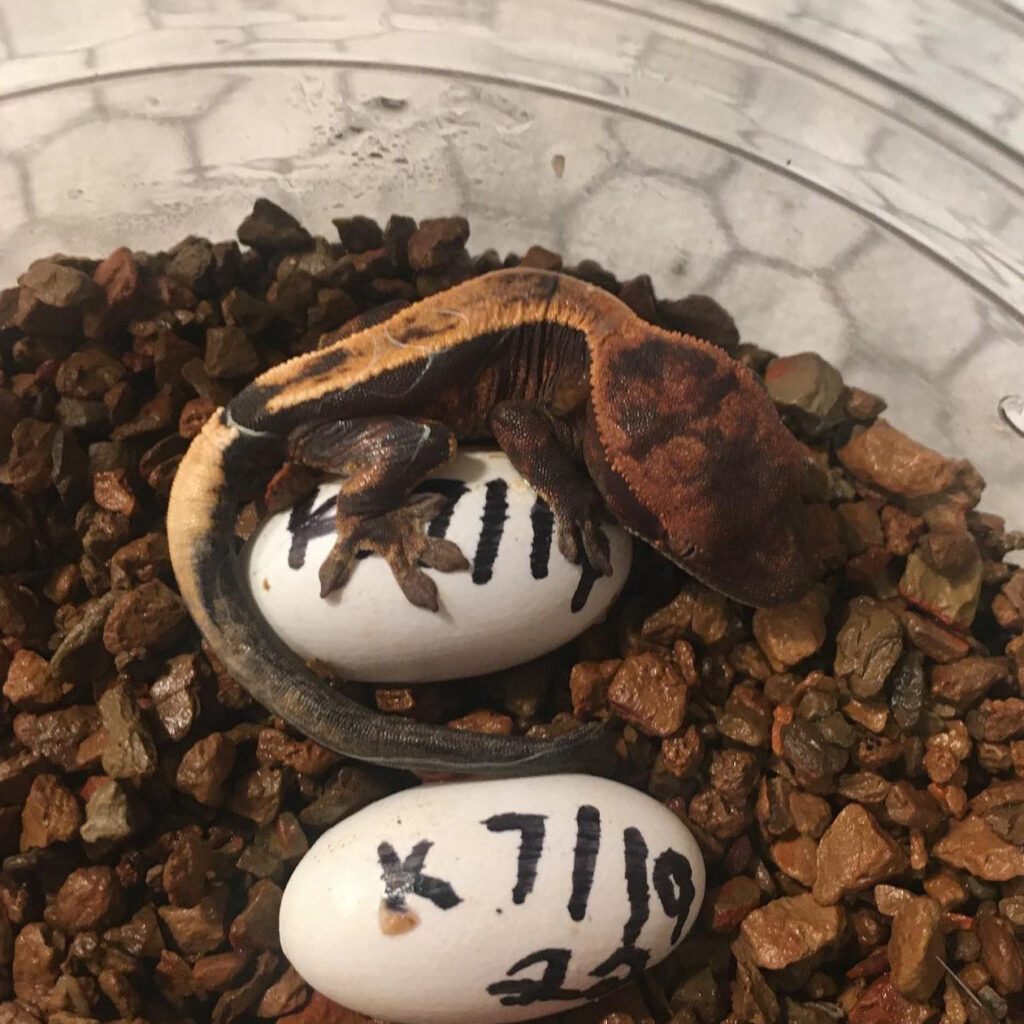
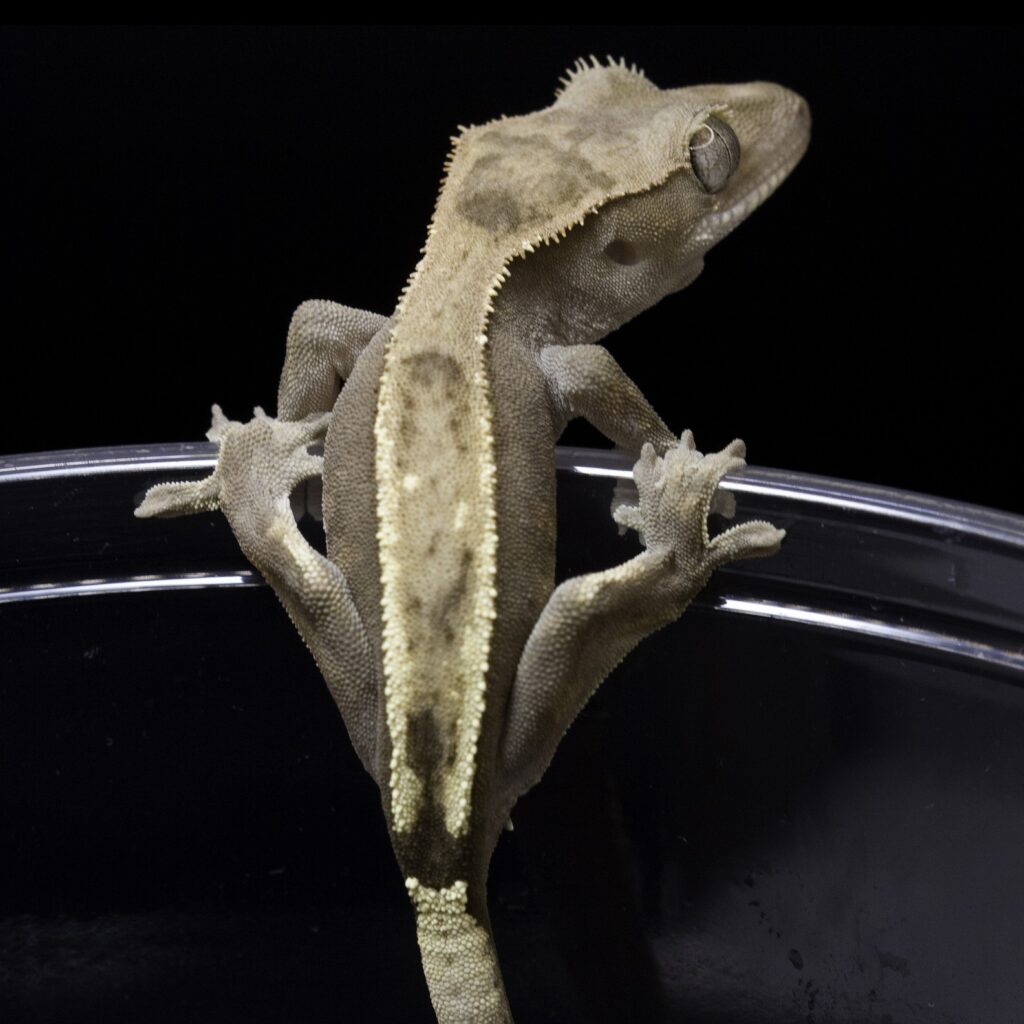

Scalation
Usually most noticeable in adults, we have noticed an interesting scalation texture when the gene is inherited. The scales appear more separated and “pebbly” than in the non-Highway offspring from the same linage. Seen below in this article, this effect also appears in the super form. We believe this plays a role in that “frosted” effect you may have noticed on the dorsal patterns.

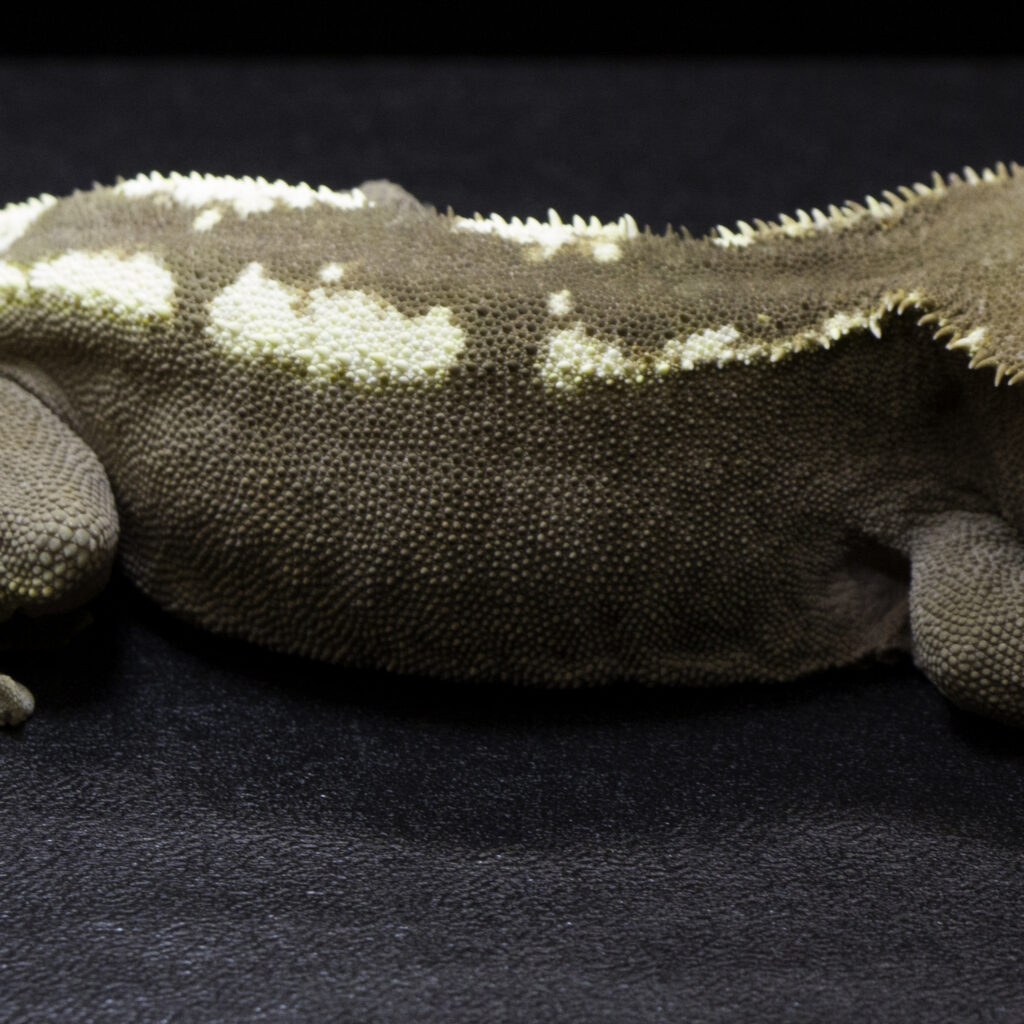
Highway x Highway Super Form (Super Highway)

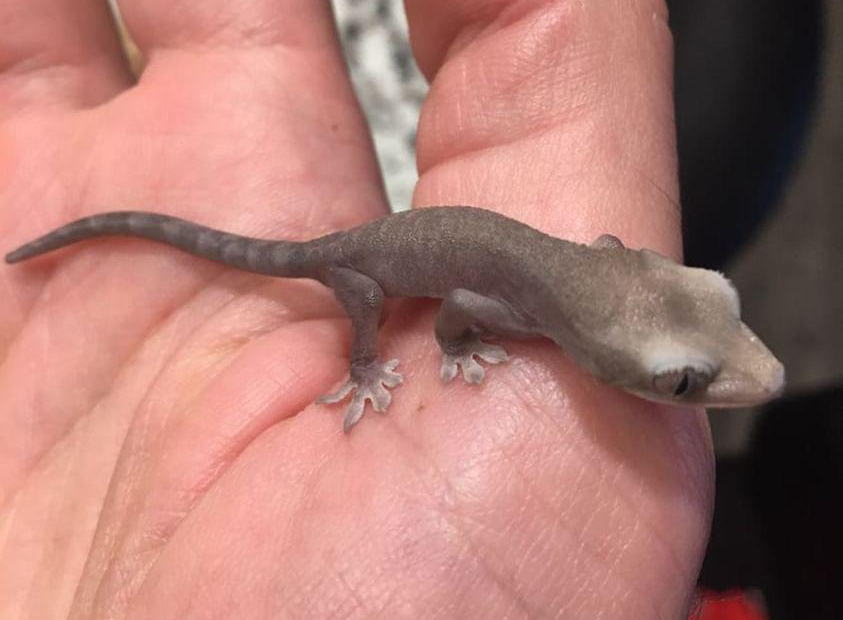
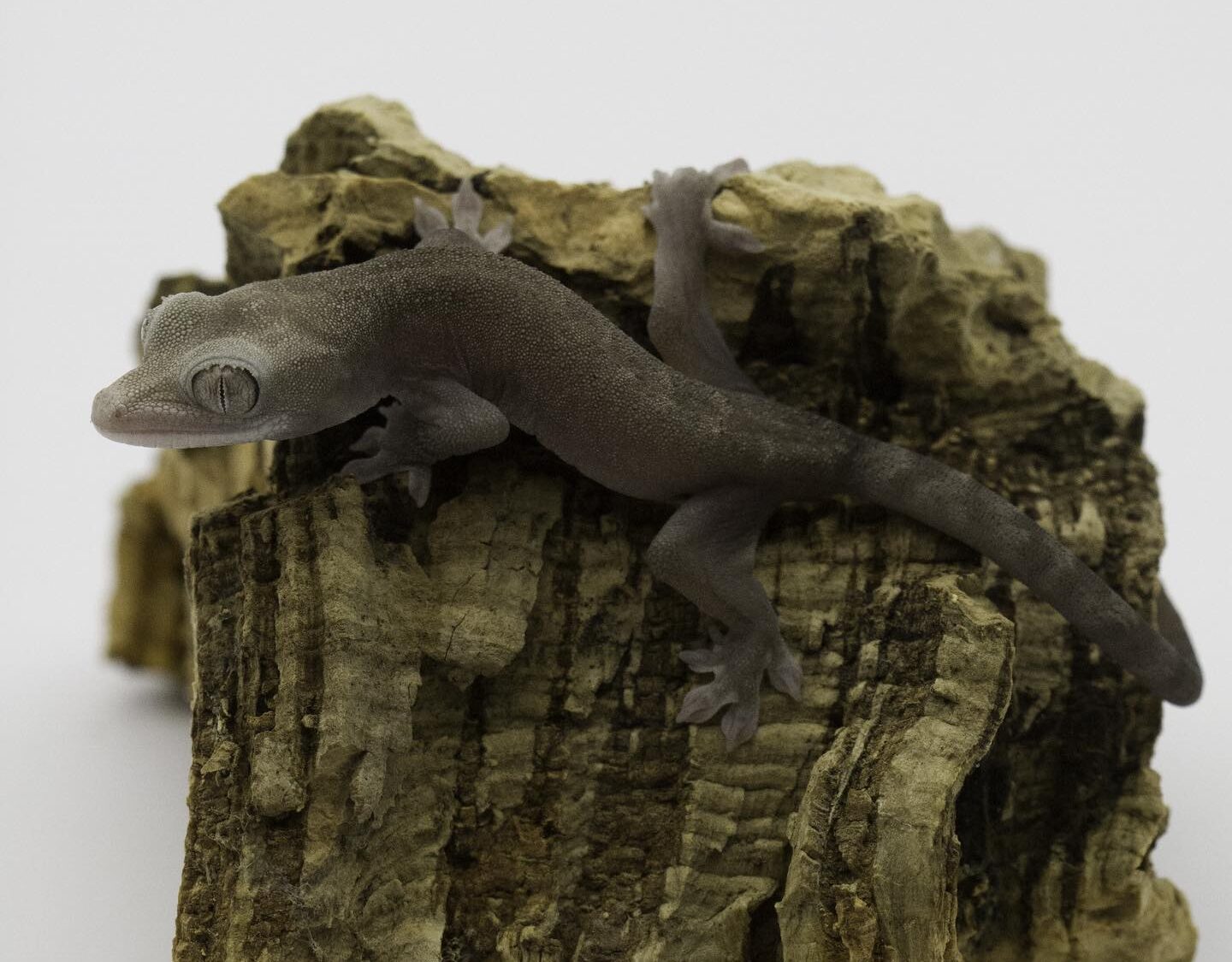
With an appearance that’s not quite a Super Cappuccino or a Super Sable, the Super Highway shows some unique traits. Some key features are, normal eyes, white toes, far less translucent skin, patterns along tail and a unique “fuzzy” type of appearance due to changes in scalation. Unfortunately we have determined at this time that they do suffer similar health issues, including reduced nostril size, to that of a Super Cappuccino. It is for this reason that we DO NOT recommend breeding for supers. While the supers may be aesthetically pleasing and have helped us prove this to be an incomplete dominant gene, the breeding of supers is unfair to the animals and should not be encouraged. Throughout the years we have had a few Super Highways unfortunately pass in the egg due to being weak but have still resembled the same Super Highway appearance. At this time it is still unclear what a Super Highway Lilly White will look like.
Highway x Cappuccino Super Form


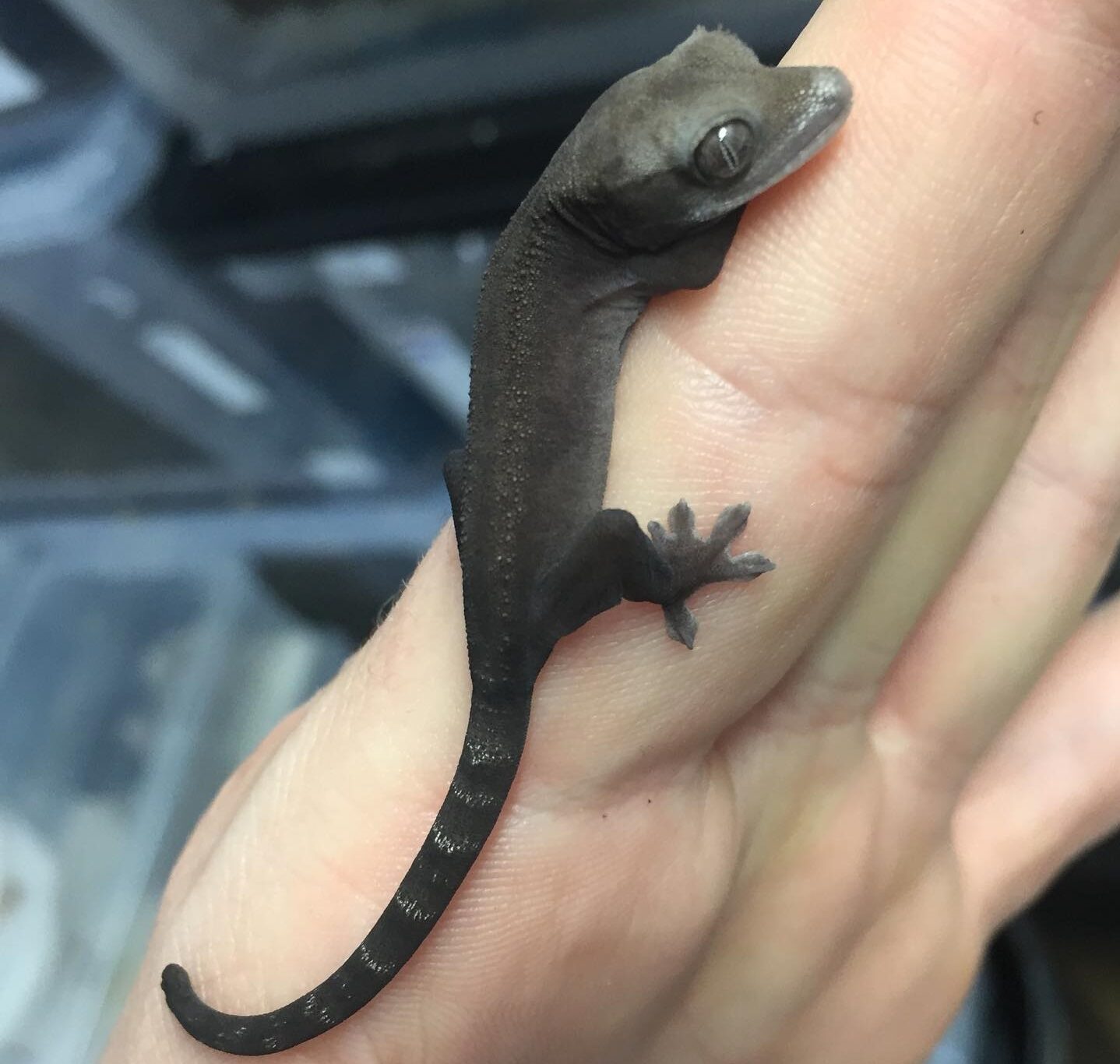
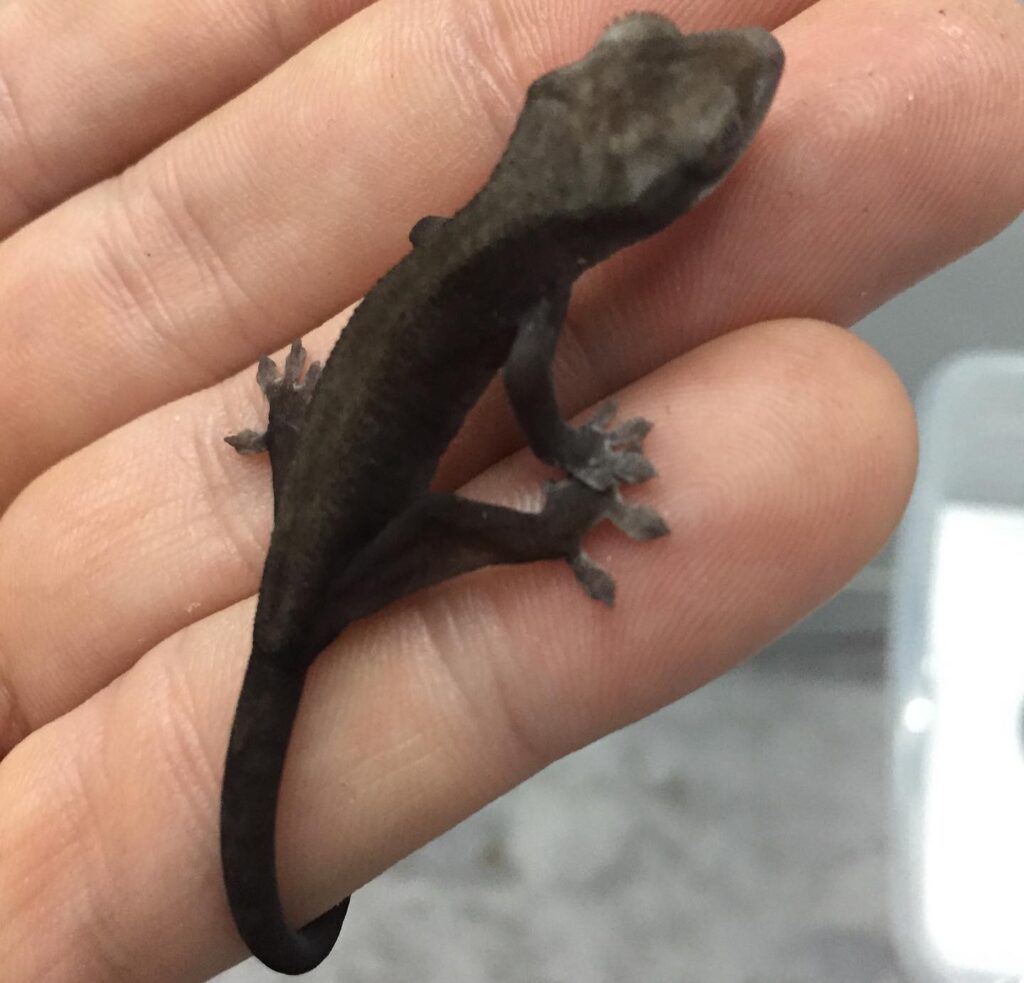
The result of pairing a Highway and a Cappuccino. (Produced and photos taken by @crestieking)
When pairing Highway to Cappuccino, the super form has a subtle but different appearance to that of a Super Highway or a Super Cappuccino. The appearance falls somewhere in the middle of the two super forms, notably closer resembling that of a Super Highway. While being slightly more translucent looking out of the egg than a Super Highway, they hatch with normal eyes, slightly darker in color and a ring-like pattern down the tail. These changes are subtle but different when observed closely. The Highway x Cappuccino super form unfortunately suffers reduced nostril size and other health issues and should NOT be produced intentionally. At this time it is still unclear what a Highway x Cappuccino Lilly White will look like.

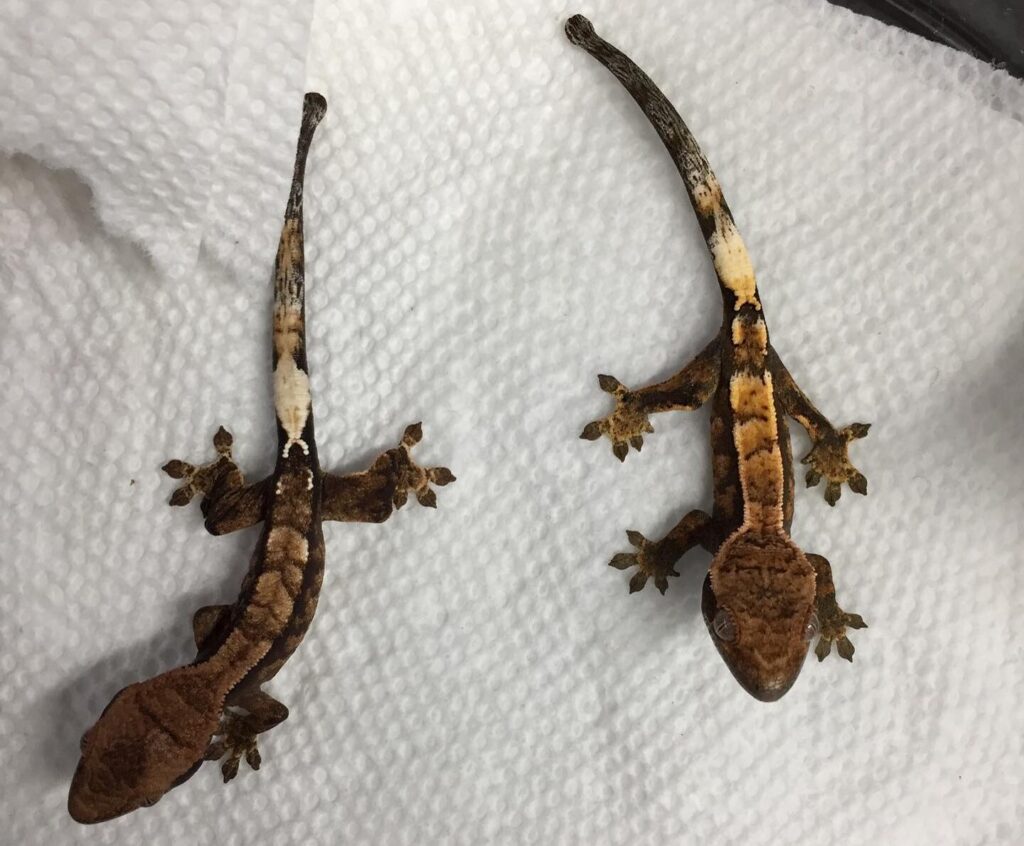
Here is an example of a Highway and a Cappuccino side-by-side. These clutch-mates are the result of pairing a Highway to a Cappuccino. (Produced and photos taken by @crestieking)
Highway x Sable Super Form
At this time these have not been attempted. This section will be updated once more data is collected.
We're Not Alone
In a more recent discovery we crossed paths with @epimorphsgeckos, another breeder who purchased a gecko that same day back in 2017. From the same vendor, at the same show that we got Highway… what are the odds?! As it turns out he has been working in the shadows all these years, working with the same gene and collecting his own data. I am happy to say, our data along with his has come together and aligned in unison. We are now collaborating to further collect more data on this gene.
There is also a breeder in China I crossed paths with a few years ago. He sent me photos and videos of his project, his animals looked identical to our line and he produced several supers that were the same as our super form. The following gallery is what was sent to me.
